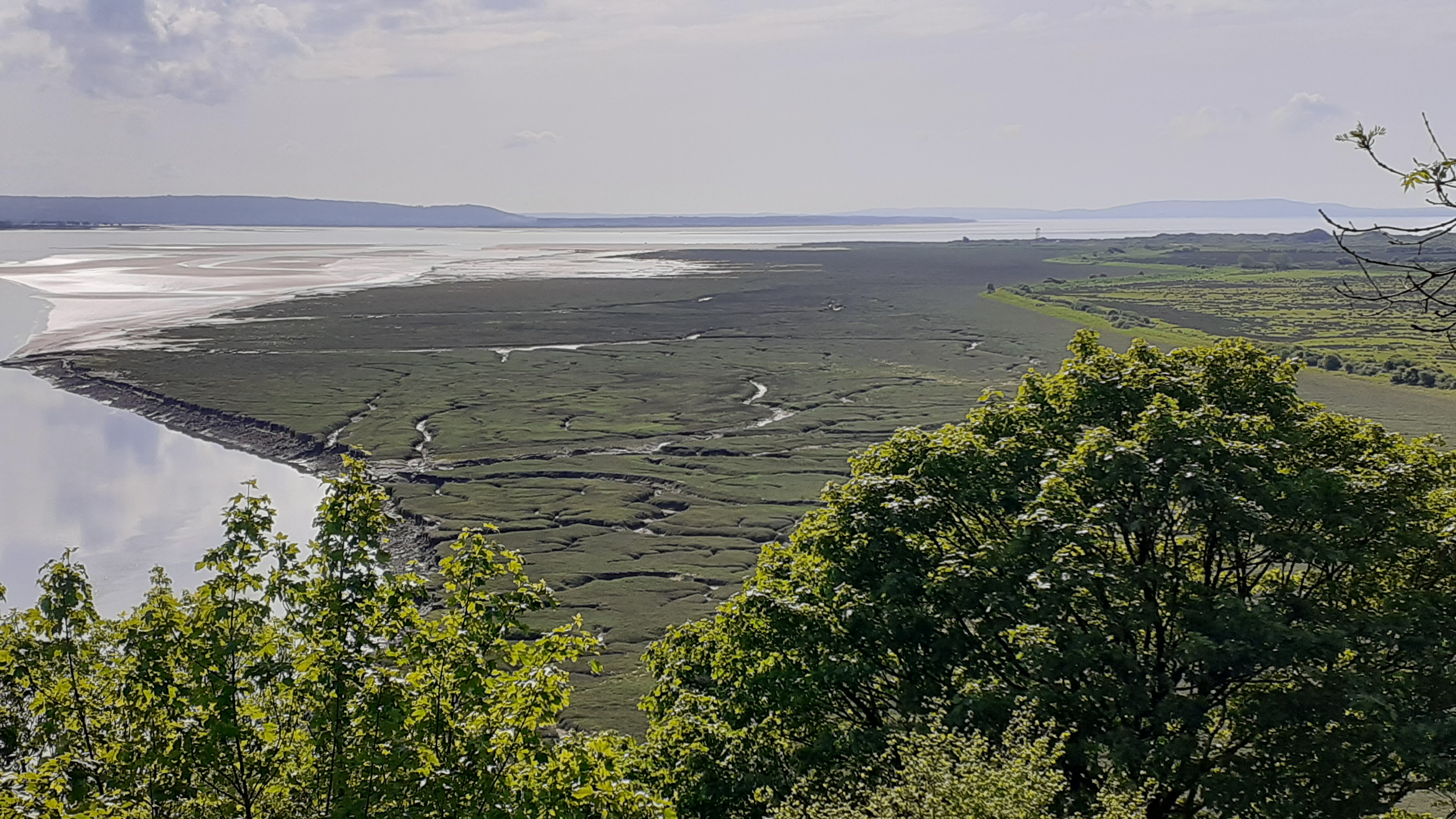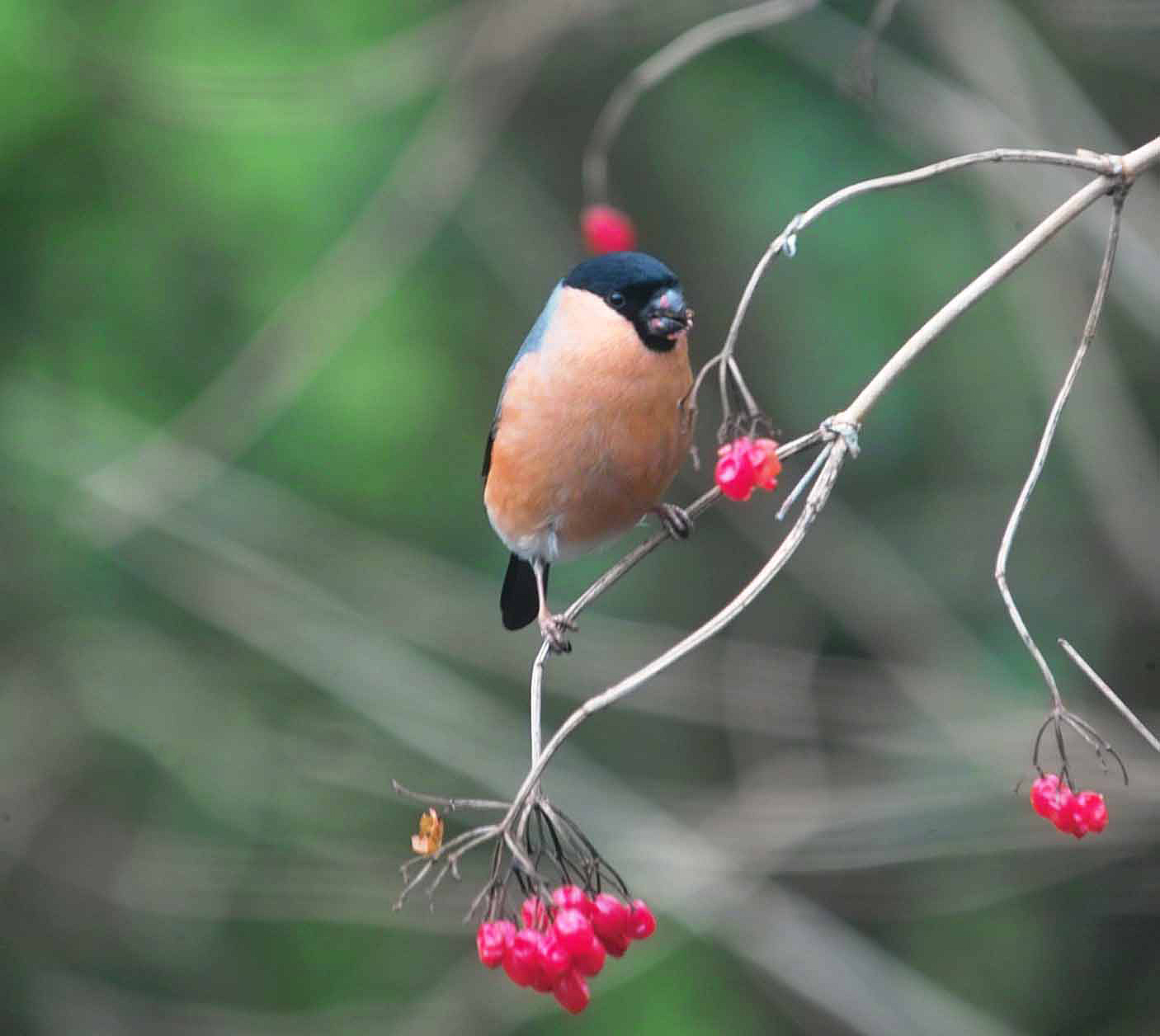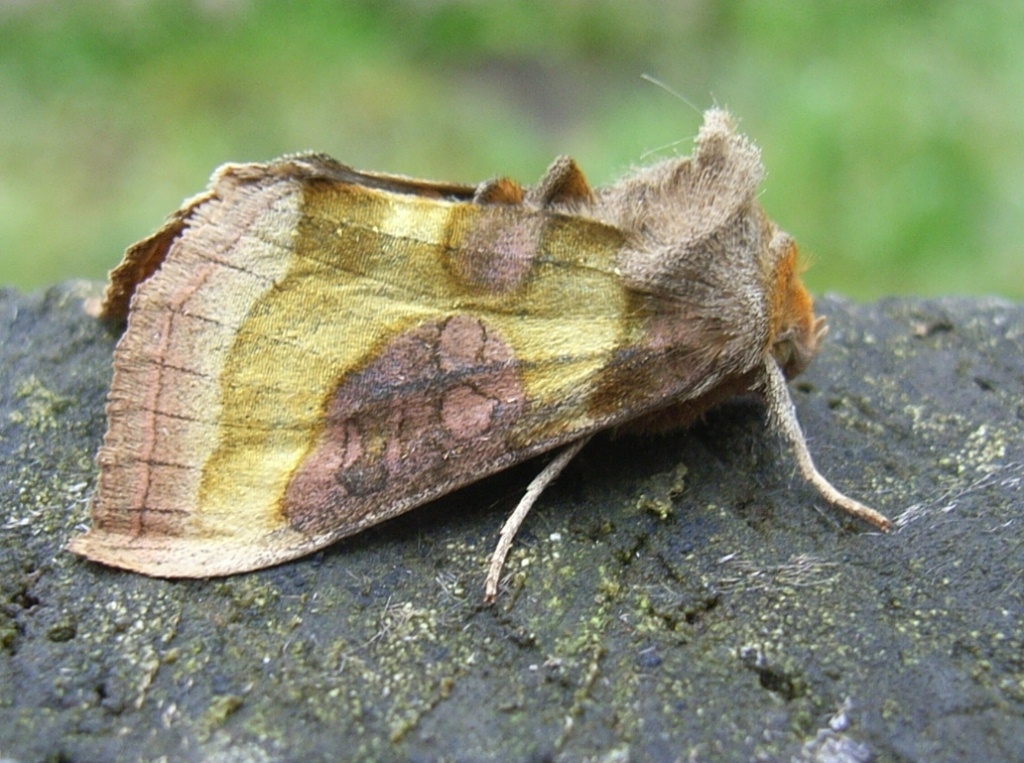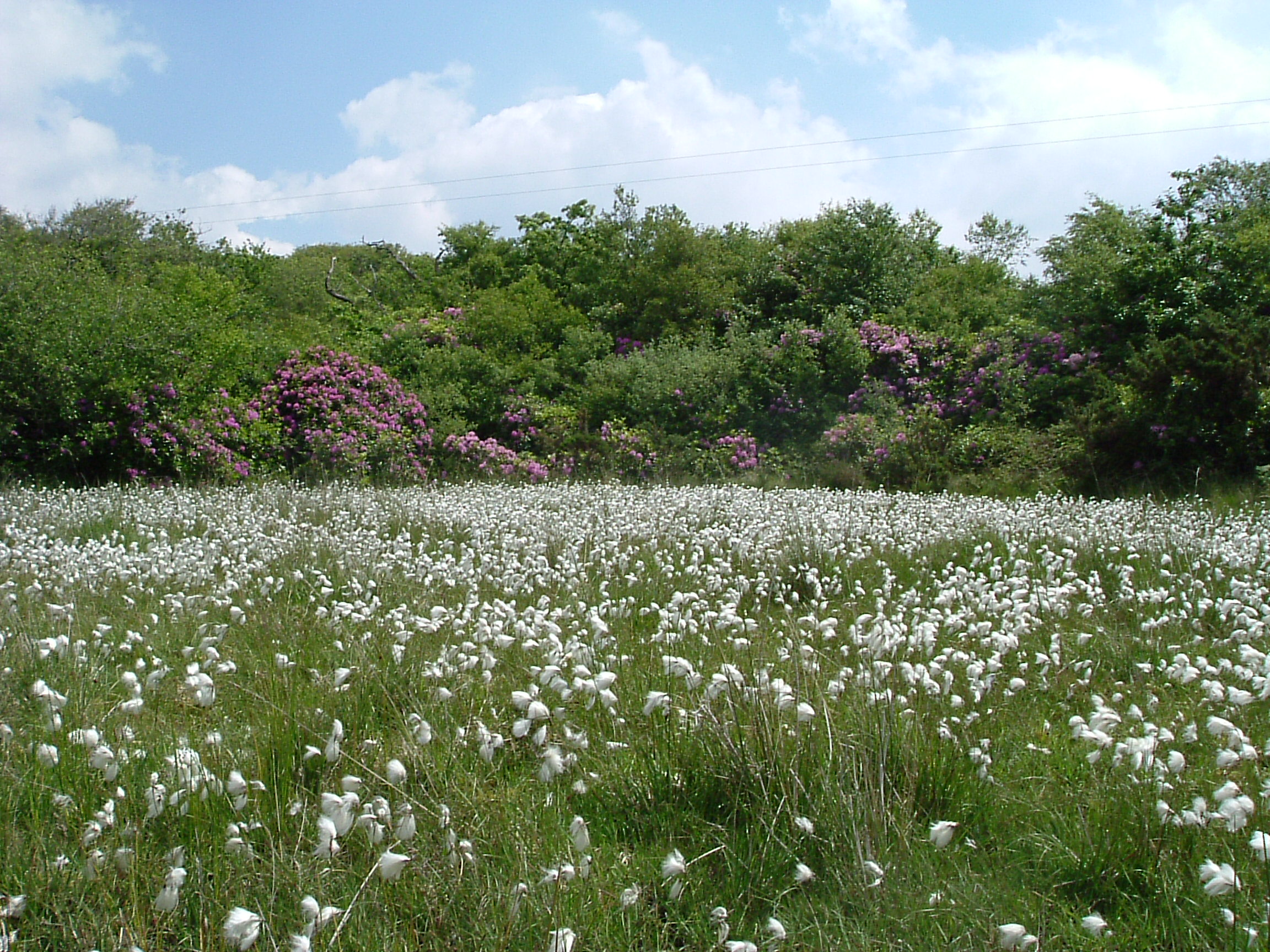

The State of Nature in Carmarthenshire
A health check of nature in the county and how we can help
The State of Nature
Reports on the State of Nature for the UK and Wales have been published in 2024.
A version has also been prepared by the Carmarthenshire Nature Partnership for the county (excluding Bannau Brycheiniog National Park).
It is based on data/knowledge from a range of sources/expertise and provides an overview of the main headlines and recommendations for our priority habitats and species found in Carmarthenshire and the threats they face.
A summary document can be found at the end of the section, along with ideas if you are a school, community, individual or business.
The complete document can be found on the WWBIC website.
What we know…
Globally
Biodiversity is declining, with rates of loss and extinction unprecedented in human history and accelerating as reported in the WWF (2020) Living Planet Report 2020.
UK
The latest UK State of Nature 2023 report reveals the very serious scale of nature loss across the UK
Wales
- Wales, and the rest of the UK, is now one of the most nature-depleted countries on Earth.
- The State of Nature Wales 2023 report found that 18% of the species (1 in 6) assessed were at risk of extinction, including species such as Water Vole, Curlew and Salmon.
- The abundance (number of individuals) of the species assessed has declined on average by 20%.
- However, some species have shown an average increase, e.g. some bat species are recovering thanks to increased protection of their roosts.
- The distribution (geographical location) of species in Wales has also changed due to a multitude of factors but climate change being a key one.
All available evidence indicates that these trends are reflected in Carmarthenshire.
Credit graphic source: State of Nature Report 2019

The State of Nature
Reports on the State of Nature for the UK and Wales have been published in 2024.
A version has also been prepared by the Carmarthenshire Nature Partnership for the county (excluding Bannau Brycheiniog National Park).
It is based on data/knowledge from a range of sources/expertise and provides an overview of the main headlines and recommendations for our priority habitats and species found in Carmarthenshire and the threats they face.
A summary document can be found at the end of the section, along with ideas if you are a school, community, individual or business.
The complete document can be found on the WWBIC website.
What we know…
Globally
Biodiversity is declining, with rates of loss and extinction unprecedented in human history and accelerating as reported in the WWF (2020) Living Planet Report 2020.
UK
The latest UK State of Nature 2023 report reveals the very serious scale of nature loss across the UK
Wales
- Wales, and the rest of the UK, is now one of the most nature-depleted countries on Earth.
- The State of Nature Wales 2023 report found that 18% of the species (1 in 6) assessed were at risk of extinction, including species such as Water Vole, Curlew and Salmon.
- The abundance (number of individuals) of the species assessed has declined on average by 20%.
- However, some species have shown an average increase, e.g. some bat species are recovering thanks to increased protection of their roosts.
- The distribution (geographical location) of species in Wales has also changed due to a multitude of factors but climate change being a key one.
All available evidence indicates that these trends are reflected in Carmarthenshire.
Credit graphic source: State of Nature Report 2019
Carmarthenshire - natural habitats and ecosystem services
Carmarthenshire supports a variety of semi-natural habitats from the uplands in the north and east, through the lowland grasslands, rivers, woodlands and wetlands, to the coastline in the south.
-
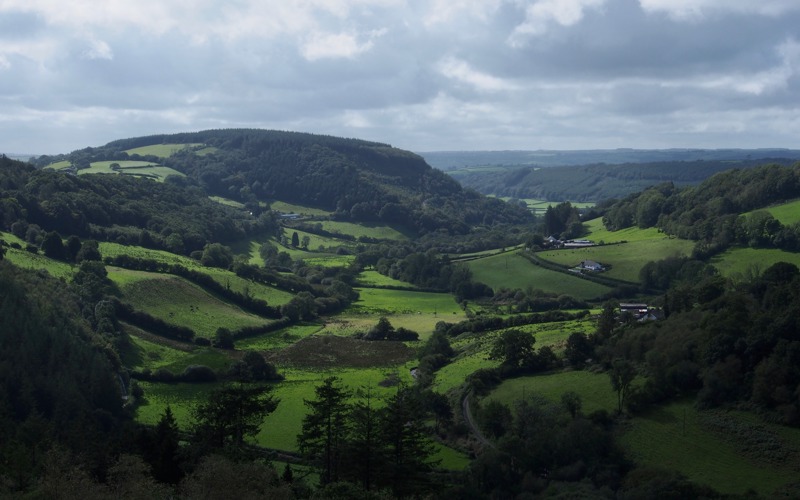
Cwm Llanllawddog
-

Farmland from Black Mountain
-

Marshy Grassland
-

Llyn Llech Owain
-

Laugharne Saltmarsh
-

Vegetated Shingle
Our agricultural landscapes support important connecting networks of hedgerows, woodland, watercourses, etc. This mosaic of linked habitats across the county is one of the reasons why Carmarthenshire’s biodiversity has been so rich.
As well as its inherent value, wildlife and habitats provide important ‘ecosystem services’ that benefit us all, e.g. flood prevention and carbon storage. These services are provided for us all, free of charge, every day.
Threats and pressures
Local threats to Carmarthenshire’s wildlife mirror many national trends, such as habitat loss and fragmentation, pressure from development, inappropriate management, non-native species introductions and the impact of climate change.
Positive action
There are hundreds of individuals and many organisations working to support Carmarthenshire’s wildlife, through volunteering, recording, monitoring, raising awareness and undertaking practical conservation works on the ground.
Llanelli Naturalists and the Carmarthenshire Bird Club have been in existence for decades and have a depth of knowledge about Carmarthenshire’s natural environment. More recently groups such as the Carmarthenshire Meadows Group meet to share knowledge and experience about managing their land for biodiversity.


Carmarthenshire - natural habitats and ecosystem services
Carmarthenshire supports a variety of semi-natural habitats from the uplands in the north and east, through the lowland grasslands, rivers, woodlands and wetlands, to the coastline in the south.
-

Cwm Llanllawddog
-

Farmland from Black Mountain
-

Marshy Grassland
-

Llyn Llech Owain
-

Laugharne Saltmarsh
-

Vegetated Shingle
Our agricultural landscapes support important connecting networks of hedgerows, woodland, watercourses, etc. This mosaic of linked habitats across the county is one of the reasons why Carmarthenshire’s biodiversity has been so rich.
As well as its inherent value, wildlife and habitats provide important ‘ecosystem services’ that benefit us all, e.g. flood prevention and carbon storage. These services are provided for us all, free of charge, every day.
Threats and pressures
Local threats to Carmarthenshire’s wildlife mirror many national trends, such as habitat loss and fragmentation, pressure from development, inappropriate management, non-native species introductions and the impact of climate change.
Positive action
There are hundreds of individuals and many organisations working to support Carmarthenshire’s wildlife, through volunteering, recording, monitoring, raising awareness and undertaking practical conservation works on the ground.
Llanelli Naturalists and the Carmarthenshire Bird Club have been in existence for decades and have a depth of knowledge about Carmarthenshire’s natural environment. More recently groups such as the Carmarthenshire Meadows Group meet to share knowledge and experience about managing their land for biodiversity.

What do we need to do?
A resilient Carmarthenshire
To support nature recovery and ecological resilience, we need to ensure that areas and networks of habitats are bigger or more extensive, better connected and are in better condition to support biodiversity.
Resilient Ecological Networks are networks of habitats in good ecological condition, linking protected sites and other biodiversity hotspots.
- We need to consider how Carmarthenshire can respond to the Welsh Government target of protecting at least 30% of the land and 30% of the sea by 2030.
- Positive work is already taking place including nature-friendly farming, peatland restoration, grassland management and new woodland planting in appropriate areas.
- The Climate and Nature emergencies are interlinked. Climate change action needs to be integrated with action for biodiversity. You cannot solve one without solving the other.
- Well-managed ecosystems usually sequester more carbon than those in poor conditions, as well as simultaneously providing a range of other ecosystem services.
- We need to be aware of proposals for climate change which actually contribute to the Nature Emergency such as tree planting on habitats which support biodiversity, and which are already sequestering carbon. Any solution needs to address both emergencies, and not worsen either.
- There are still many gaps in our knowledge of some species that make it difficult for us to identify and report with confidence the changes in biodiversity over time.
- Complexity – the habitats and species making up Carmarthenshire’s natural environment are complex and interrelated. We must keep our minds open to multiple solutions and ingenious ideas to improve the resilience of the habitats we manage.
-

Bluebells
-

Buff tip Moth
-

Bullfinch
-

Burnish Brass Moth
-

Sanderling (W. Parry)
-

Cottongrass
-

House Sparrows
-

Spotted Longhorn Beetle
-

Strandline Beetle
-
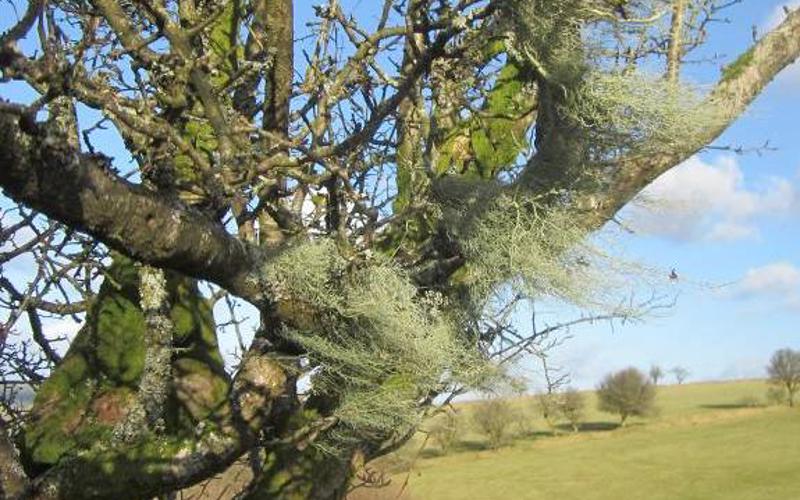
Sausage Beard Lichen
We work better together
- Carmarthenshire’s environmental sector must continue to collaborate. We need to work together, sharing skills, knowledge and expertise.
- Farming and nature – agriculture accounts for approximately 80% of the land use in Carmarthenshire. Sustainable land management has the potential to support the creation and enhancement of resilient ecological networks.
- Even in times of economic uncertainty, spending on the environment must remain high on the political agenda, it is an “invest to save” option, preventing further losses that cannot be reversed and which will ultimately not just impact ecosystems but us as well.
- We must build awareness of, and engagement with, the natural environment - from individuals to landowners and managers, business sector to decision makers.
- There is a wealth of expertise and people power in our volunteer networks.
- Public bodies must be prepared to adopt new ways of working and prioritise the delivery of blue and green infrastructure that will create ecological networks, deliver nature-based solutions, benefit communities, and put sustainable development and green thinking at the heart of local decision-making.
Download the Carmarthenshire State of Nature summary
Contact Us
Biodiversity Officer
Conservation Section
Civic Offices
Llandeilo
SA19 6HW
E-mail: biodiversity@carmarthenshire.gov.uk
Tel: 07919 592766
Downloads
Here are some ideas on how you can take positive local action for biodiversity, with links to useful information that will give you further ideas and information.

What do we need to do?
A resilient Carmarthenshire
To support nature recovery and ecological resilience, we need to ensure that areas and networks of habitats are bigger or more extensive, better connected and are in better condition to support biodiversity.
Resilient Ecological Networks are networks of habitats in good ecological condition, linking protected sites and other biodiversity hotspots.
- We need to consider how Carmarthenshire can respond to the Welsh Government target of protecting at least 30% of the land and 30% of the sea by 2030.
- Positive work is already taking place including nature-friendly farming, peatland restoration, grassland management and new woodland planting in appropriate areas.
- The Climate and Nature emergencies are interlinked. Climate change action needs to be integrated with action for biodiversity. You cannot solve one without solving the other.
- Well-managed ecosystems usually sequester more carbon than those in poor conditions, as well as simultaneously providing a range of other ecosystem services.
- We need to be aware of proposals for climate change which actually contribute to the Nature Emergency such as tree planting on habitats which support biodiversity, and which are already sequestering carbon. Any solution needs to address both emergencies, and not worsen either.
- There are still many gaps in our knowledge of some species that make it difficult for us to identify and report with confidence the changes in biodiversity over time.
- Complexity – the habitats and species making up Carmarthenshire’s natural environment are complex and interrelated. We must keep our minds open to multiple solutions and ingenious ideas to improve the resilience of the habitats we manage.
-

Bluebells
-

Buff tip Moth
-

Bullfinch
-

Burnish Brass Moth
-

Sanderling (W. Parry)
-

Cottongrass
-

House Sparrows
-

Spotted Longhorn Beetle
-

Strandline Beetle
-

Sausage Beard Lichen
We work better together
- Carmarthenshire’s environmental sector must continue to collaborate. We need to work together, sharing skills, knowledge and expertise.
- Farming and nature – agriculture accounts for approximately 80% of the land use in Carmarthenshire. Sustainable land management has the potential to support the creation and enhancement of resilient ecological networks.
- Even in times of economic uncertainty, spending on the environment must remain high on the political agenda, it is an “invest to save” option, preventing further losses that cannot be reversed and which will ultimately not just impact ecosystems but us as well.
- We must build awareness of, and engagement with, the natural environment - from individuals to landowners and managers, business sector to decision makers.
- There is a wealth of expertise and people power in our volunteer networks.
- Public bodies must be prepared to adopt new ways of working and prioritise the delivery of blue and green infrastructure that will create ecological networks, deliver nature-based solutions, benefit communities, and put sustainable development and green thinking at the heart of local decision-making.
Download the Carmarthenshire State of Nature summary
Contact Us
Biodiversity Officer
Conservation Section
Civic Offices
Llandeilo
SA19 6HW
E-mail: biodiversity@carmarthenshire.gov.uk
Tel: 07919 592766
Downloads
Here are some ideas on how you can take positive local action for biodiversity, with links to useful information that will give you further ideas and information.








